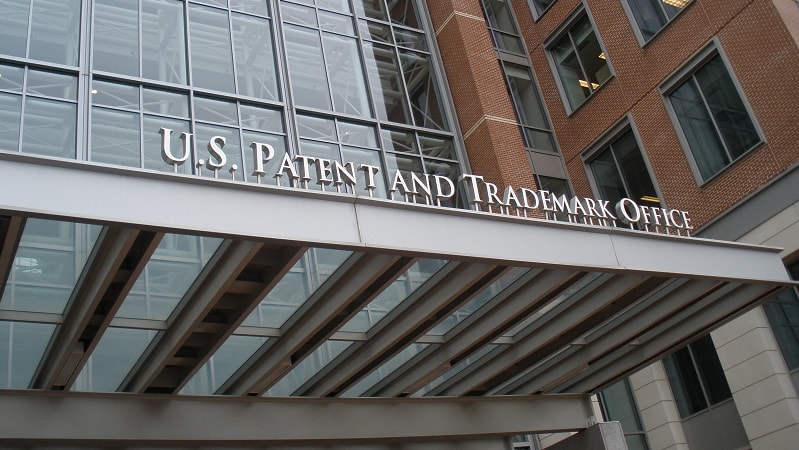
The U.S. Patent and Trademark Office (USPTO) has a new policy out that embraces the use of AI in innovation, while also stressing the importance that a human contributor is named on a patent.
“Inventorship Guidance for AI-Assisted Inventions” – effective beginning today – provides instructions to examiners and stakeholders on how to determine whether the human contribution to an innovation is significant enough to qualify for a patent when AI also contributed.
Delivery of the Feb. 13 policy from USPTO was a directive from President Biden’s AI executive order (EO), which called on the agency to provide “guidance to our patent examiners and applicants addressing inventorship and the use of AI, including generative AI, in the inventive process.”
However, the agency began this work long before the White House released its EO, calling for public comment last year on whether or not AI can be listed as an inventor on a patent.
“The patent system was developed to incentivize and protect human ingenuity and the investments needed to translate that ingenuity into marketable products and solutions. The patent system also incentivizes the sharing of ideas and solutions so that others may build on them,” USPTO Director and Under Secretary of Commerce for Intellectual Property Kathi Vidal, wrote in a Feb. 12 blog post.
“The right balance must be struck between awarding patent protection to promote human ingenuity and investment for AI-assisted inventions while not unnecessarily locking up innovation for future developments,” she said.
Instead of considering whether or not the contributions of the AI system to an invention would rise to the same level of inventorship if those contributions were made by a human, the key question this guidance helps address is whether the human named on a patent made a significant enough contribution to be a named as an inventor, the USPTO explained in the document. To secure patent protection, there must be at least one named human inventor who meets that requirement.
The agency also provided specific examples to help explain how the guidance will be applied.
“For example, they show that merely recognizing a problem and presenting that problem to an AI system is not enough to establish someone as an inventor. That said, if an individual made a signification contribution through the construction of a prompt, that could be sufficient,” Vidal wrote. “However, maintaining ‘intellectual domination’ over an AI system, does not, without more, make a person an inventor of any inventions created through that AI system.”
The USPTO clarified that, at this time, it is not implementing any new requirement to disclose the use of AI. “The USPTO will continue to presume that the named inventor(s) in an application are the actual inventor(s),” the agency said.
The agency also noted that its new guidance does not entitle inventors to a patent. The patents must also meet all the other criteria for patentability including patent eligibility, novelty, and nonobviousness.
Lastly, because the patent system is built to encourage the sharing of ideas and solutions so that others may build on them, the USPTO said today’s guidance does not take into consideration whether any intellectual property (IP) was utilized in the training of any AI systems used as part of the inventive process. “A patent only gives the applicant exclusive rights to their invention, and does not give the applicant the right to use someone else’s invention,” Vidal wrote. “For example, when an applicant invents on top of another patent, it is up to the applicant to secure whatever other IP rights they need to use their invention.”
The public can provide feedback to USPTO on its new AI-assisted inventorship guidance through May 13. Additionally, the agency will hold a public webinar on March 5 from 1-2 p.m. ET for the public to learn more about what the guidance is and is not, as well as an opportunity to ask questions and provide feedback.
As per the direction of President Biden’s AI EO, the USPTO said it is also currently working on issuing additional guidance to patent examiners and applicants on patent eligibility to address innovation in AI and critical and emerging technologies and other considerations at the intersection of AI and IP.
Finally, the USPTO said it is consulting with the U.S. Copyright Office to issue recommendations to the president on potential executive actions relating to copyright and AI, including addressing the scope of protection for works produced using AI and the treatment of copyrighted works in AI training.
